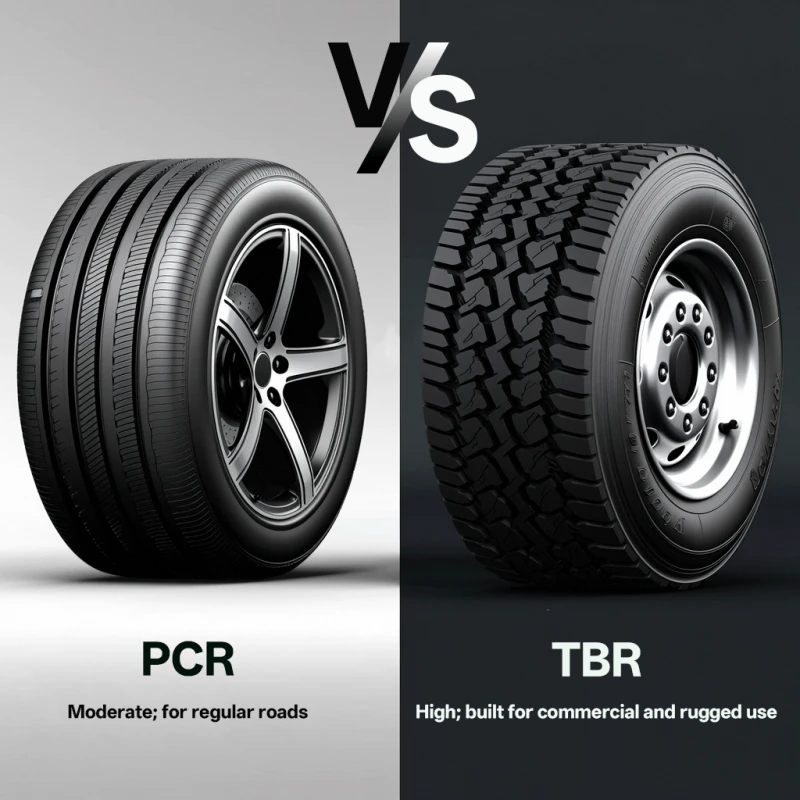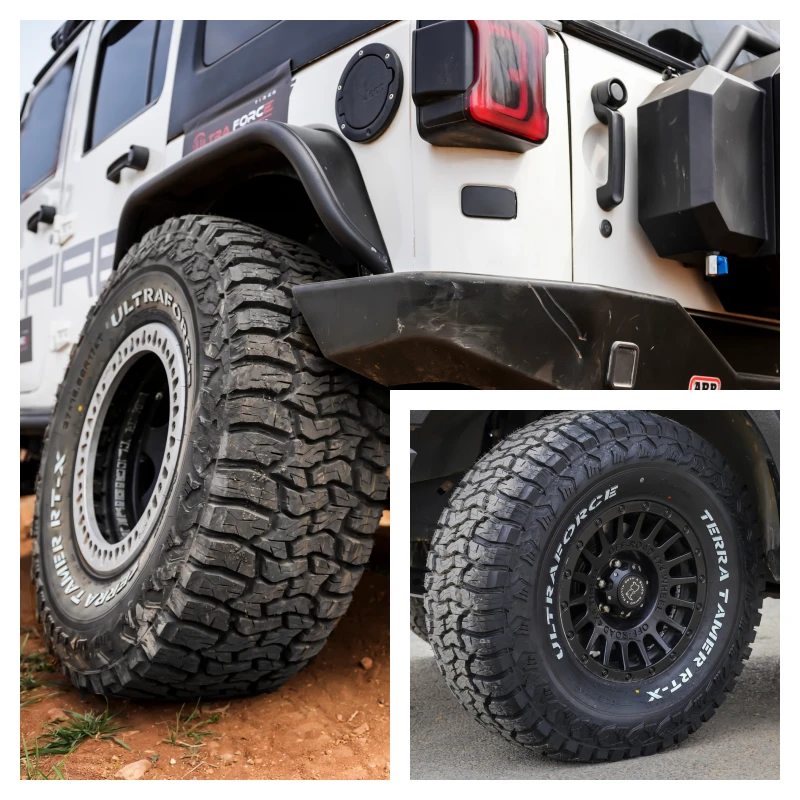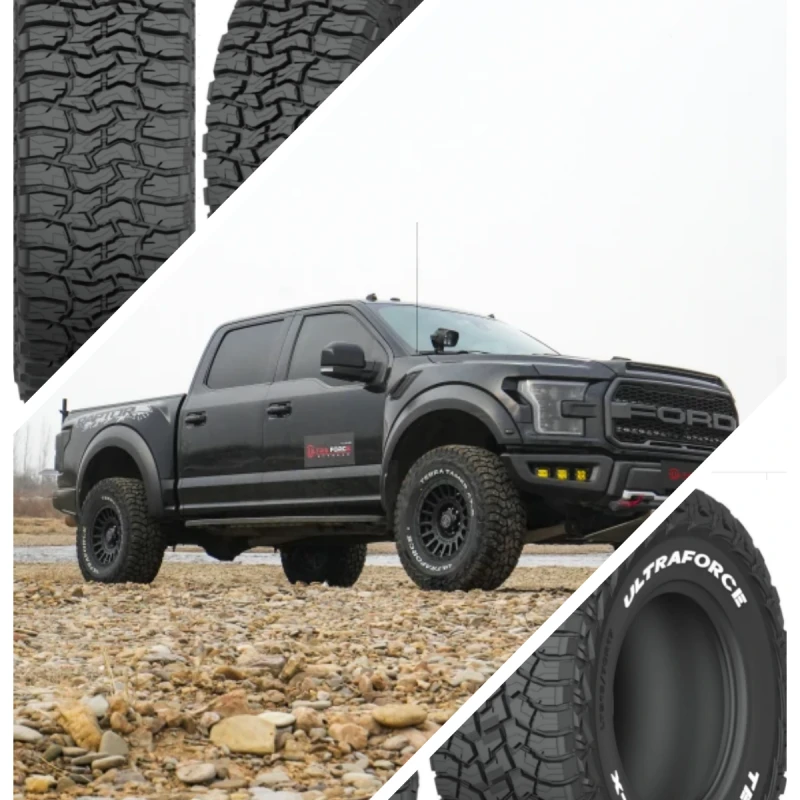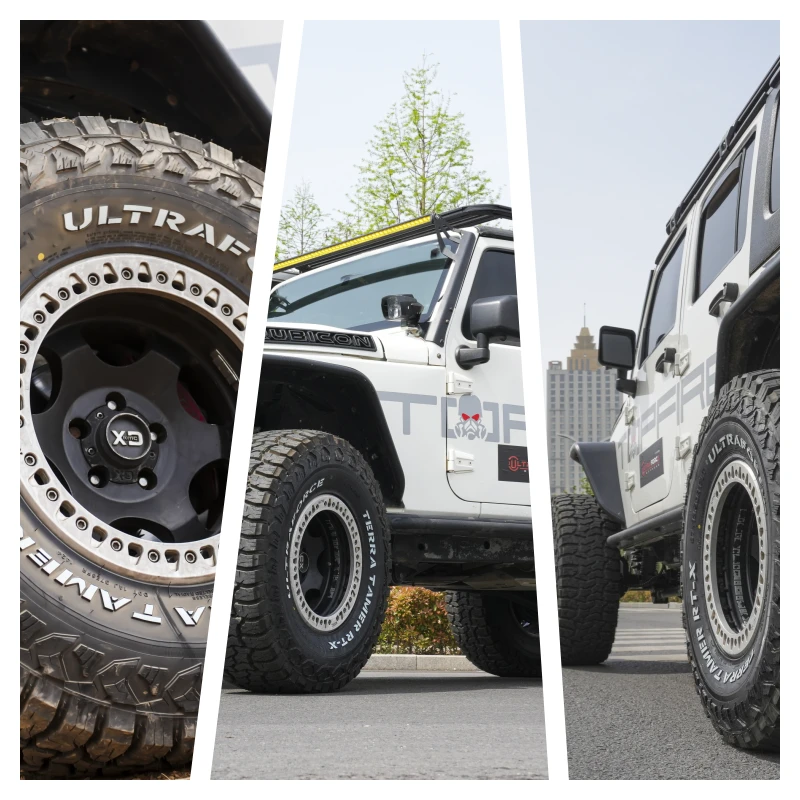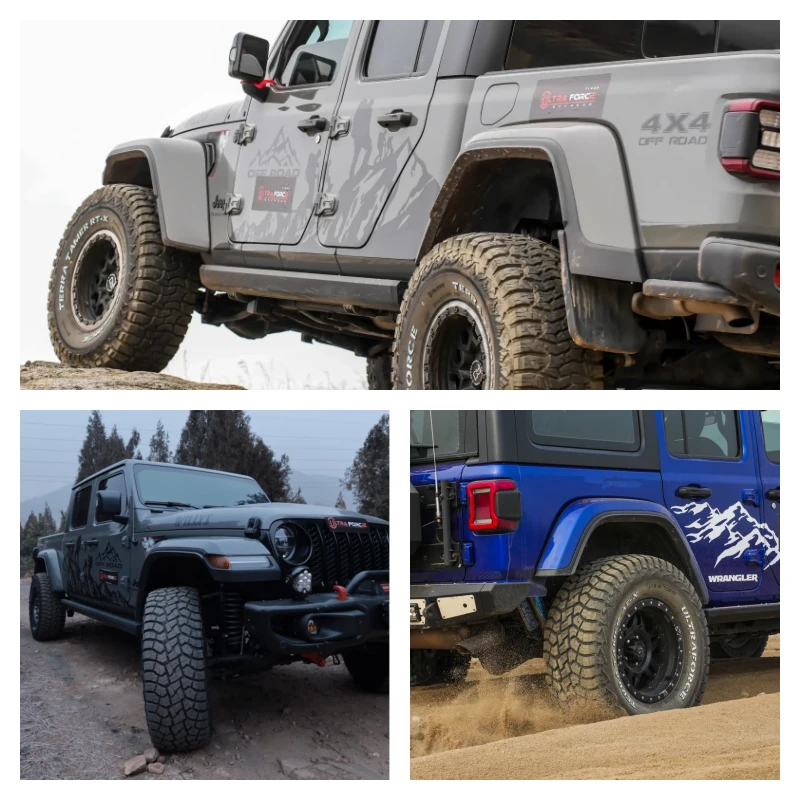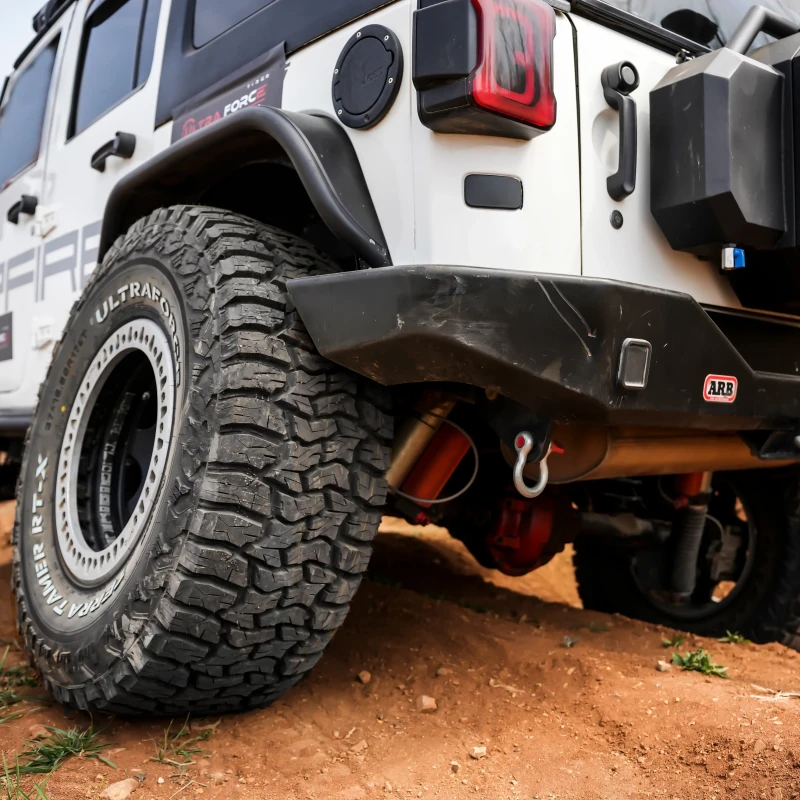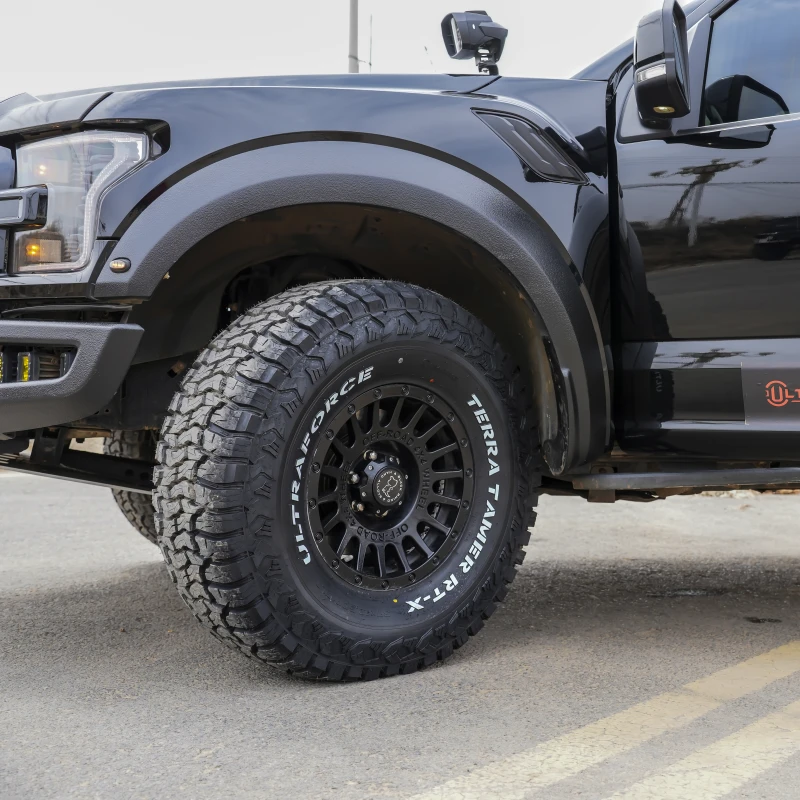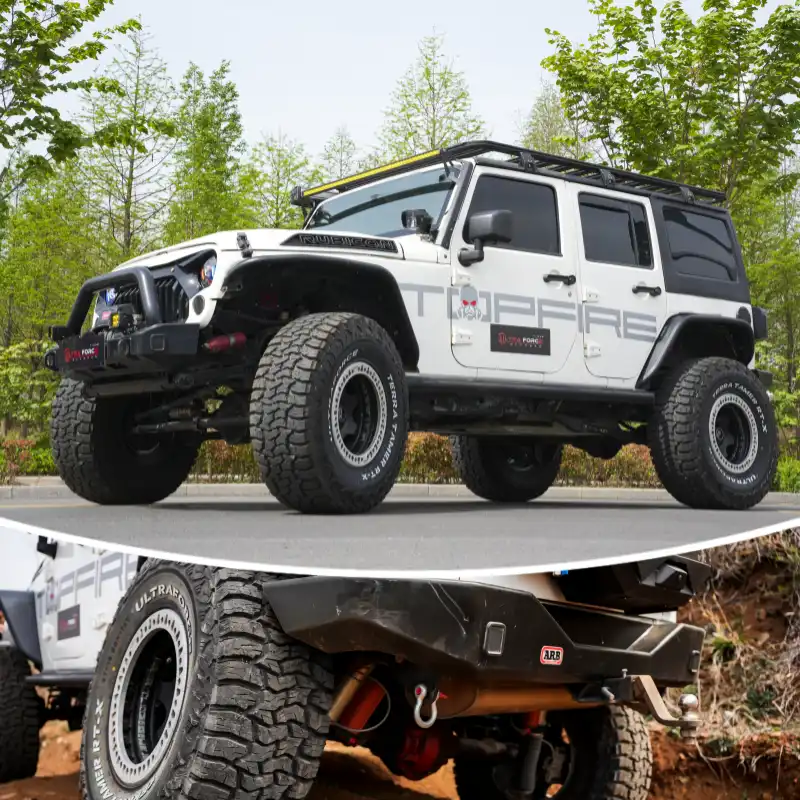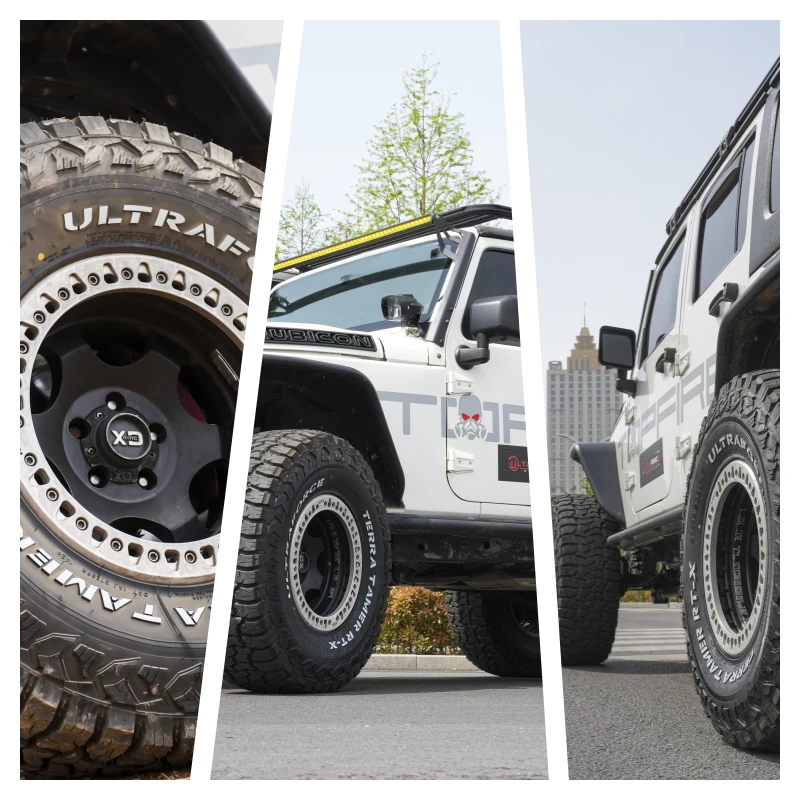Tyres. We hardly think about them—until we must. Whether you're cruising down the highway in a compact SUV or hauling freight cross-country in a rig, your tyres quietly bear the weight of your world. But not all tyres are created equal. The age-old industry debate—PCR tyres vs. TBR tyres—continues to stir among fleet managers, everyday drivers, and off-road junkies alike. So, which is better? Well, that depends—on where you’re headed, what you’re driving, and how you define “better.”
Let’s break this down with real data, some nuance, and a little perspective. And hey, if you’re looking for a name that blends engineering grit with off-road flair, UltraForce Tires is making waves globally with custom solutions in both camps.
Understanding the Basics: PCR vs. TBR
Let’s start with the basics. PCR stands for Passenger Car Radial tyres, while TBR means Truck and Bus Radial tyres. That may seem straightforward—cars use PCR, trucks use TBR—but in practice, there’s a whole lot more to unpack.
Table 1: Basic Characteristics Comparison
| Aspect | PCR Tyres | TBR Tyres |
|---|---|---|
| Application | Passenger vehicles | Trucks and buses |
| Construction | Radial; textile cords + steel belts | Thicker radial; reinforced sidewalls |
| Durability | Moderate; for regular roads | High; built for commercial and rugged use |
| Load Capacity | Lower than TBR | Higher load-carrying capacity |
| Ride Comfort | Higher due to softer sidewalls | Less comfortable due to stiffness |
| Fuel Efficiency | Generally better due to lighter weight | Less efficient; heavier, but longer lifespan |
Notice how the design intention differs: comfort and efficiency dominate the PCR profile, while strength and longevity define TBR.
Real-World Economics: Cost Over Time
There’s no denying that TBR tyres feel expensive at first glance. But—here’s the kicker—they often outlast their PCR counterparts by a significant margin. In commercial use cases, this longevity pays off.
Table 2: Cost Comparison Over Lifespan
| Tyre Type | Initial Purchase Cost (USD) | Average Lifespan (km) | Cost per 1,000 km (USD) |
|---|---|---|---|
| PCR | 100 | 60,000 | 1.67 |
| TBR | 300 | 150,000 | 2.00 |
So yes, PCR tyres are more affordable on the surface and slightly more cost-effective per distance for personal use, but TBR tyres hold their ground in fleet applications where uptime trumps all.
Traction, Performance & Versatility: It’s Not Just About the Road
This is where the conversation starts to fork into different terrains—literally. If you're driving through urban jungles, PCRs make perfect sense. But throw in heavy loads, diverse terrain, or extreme climates? TBRs start looking a lot more appealing.
For example, UltraForce Tires develops high-performance off-road TBR tyres that chew through gravel, mud, rocky trails, and snow like it's nobody’s business. Designed not just to survive but thrive, these tyres leverage decades of experience in creating ultra-resilient rubber compounds and aggressive tread patterns.
UltraForce also customizes tread and sidewall designs, tailoring performance to your business or personal driving conditions. Want a tyre that grips in monsoon rain but doesn’t lose efficiency on dry roads? They’ve got that covered.
Global Demand & Usage: What’s the World Buying?
Let’s look at current market dynamics. Here’s a breakdown of PCR vs. TBR market share by region:
Table 3: Market Share by Region (%)
| Region | PCR Tyres Market Share (%) | TBR Tyres Market Share (%) |
|---|---|---|
| North America | 45 | 55 |
| Europe | 40 | 60 |
| Asia-Pacific | 60 | 40 |
| Middle East & Africa | 35 | 65 |
| Latin America | 50 | 50 |
While PCR dominates in regions where private vehicle ownership is higher, TBR tyres rule the roost in heavy transport-dependent economies.
Interestingly, companies like UltraForce Tires, with global export capacity, are tapping into these variations. Their ability to design region-specific solutions allows them to cater to rugged demands in Africa while satisfying highway efficiency in the U.S.
Environmental Considerations: A Quiet Shift
You didn’t expect tyres to have a green angle, did you? Yet here we are.
PCR tyres, due to their lighter construction, generally consume less fuel, thus emitting less CO₂. But here’s the twist—TBR tyres can be retreaded multiple times, significantly reducing waste. In fact, studies show a TBR tyre can be retreaded up to 3 times, extending its life by 300%.
So in the eco-balance, retreadable TBR tyres might just surprise you.
Performance or Comfort: What Do You Prioritize?
This one’s personal. Like really personal.
If you’re an off-road adventurer looking to make memories in unpredictable environments—whether it’s sand dunes, river crossings, or snowy hills—you want something that won't back down. This is where UltraForce's bespoke off-road TBR solutions shine, delivering the kind of traction that feels like four-legged grip in a two-ton machine.
But if your daily drive is a school run, a latte stop, and a highway cruise, then smooth, quiet, and efficient PCR tyres are your best mates.
The UltraForce Edge: When Innovation Meets Purpose
Why mention UltraForce so often? Because they do something few manufacturers bother with—they listen.
UltraForce isn't just selling tyres. They’re co-developing mobility solutions with customers. Whether you’re a fleet manager looking to reduce downtime or a solo overlander exploring Asia’s high passes, UltraForce offers customized solutions, from tread design to branding, enabling you to stand out and perform better.
Here’s what makes them tick:
Tailored tread and compound design
Customized branding and size options
Decades of R&D in rugged terrains
Global service support
Expert knowledge of both PCR and TBR domains
So, Which Is Better? The Verdict
Let’s revisit our main question: PCR tyres vs. TBR tyres—Which is better?
Well, here’s the real answer: neither is absolutely better. They are tools for different jobs, and the right choice depends entirely on your needs, driving conditions, and usage patterns.
When to Choose PCR:
You drive a passenger car or SUV.
Your primary need is comfort and fuel economy.
You’re driving on paved roads, mostly in urban or suburban environments.
When to Choose TBR:
You operate trucks, buses, or commercial fleets.
You face rough terrains, heavy loads, or long hauls.
You want a tyre that lasts longer and can be retreaded.
Final Thoughts: The Road Ahead
In today’s fast-evolving transportation landscape, choosing the right tyre isn’t just a technical decision—it’s a strategic one. With sustainability, cost-efficiency, safety, and performance in the mix, the humble tyre is no longer just rubber and air. It’s a rolling decision-maker.
And if you want tyres that aren’t just made—but crafted with intent, tested by terrain, and tailored for tomorrow—UltraForce Tires might just be your partner for the road ahead. Contact UltraForce today!
